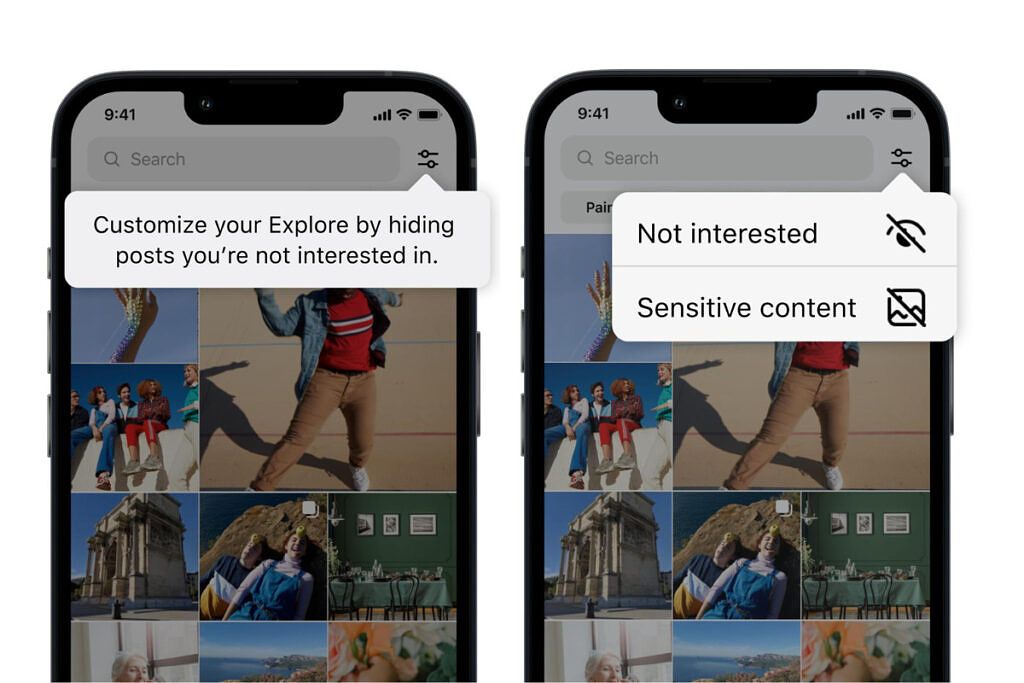
Lenovo has launched a new Chromebook, two new Android tablets, and a new series of monitors at the IFA show in Berlin. The new IdeaPad 5i Chromebook is Lenovo’s first 16-inch Chromebook with a 120Hz display. Alongside it is the second generation Tab P11 Pro and Lenovo Tab P11 which are getting slight technical improvements. Capping out the announcements are five monitors, focused on the needs of both gamers as well as those looking to stay productive.
IdeaPad 5i Chromebook
The highlight of the announcements for most people will be the IdeaPad 5i Chromebook. This is a significant addition to Lenovo’s Chromebook lineup, as it’s the first that is 16-inches in size, but it doesn’t have a launch date or price in the United States. It is a decently specced machine, though.
The IdeaPad 5i Chromebook sports a 2.5K resolution borderless display, with a refresh rate of 120Hz, which will make the content on the screen look fluent and fast. This refresh rate isn’t quite common on Chromebooks, either, which makes it extra special.

Powering the device are Intel Core i3-1215U or Intel Pentium 8505 CPUs and either 4GB or 8GB of RAM. For storage, you can choose between an eMMC or an SSD. the eMMC options include 64GB or 128GB, and traditional SSDs will come in 256GB or 512GB.
There’s also an FHD webcam on board, and two user-facing speakers for added immersive feeling. Weight comes in at 4.10 pounds and the Chromebook is about 0.8 inches thick. Ports range from 2 USB-A Type-C ports, 2 USB 3.2 Type-A ports, a headphone jack, and a MicroSD card slot.
Lenovo Tab P11 Pro (2nd Gen) and Lenovo Tab P11 (2nd Gen)
The other two addition’s in Lenovo’s IFA launch are the second generation Tab P11 Pro and Lenovo Tab P11. The Tab P11 Pro will start at $400 and will come in September 2022. The Tab P11 will start at $250 and will come in January 2023. Both of these are generational improvements with slight jumps in processing power.
The Tab P11 Pro 2nd Gen will be Lenovo’s new flagship Android tablet, replacing the first generation when launched. It keeps a lot of the same design features as the first version but gets a bump in specs. Now onboard is the MediaTek 1300T SoC which Lenovo says can offer 120% more power than the last generation. RAM and storage options will range from 4GB of RAM and 128GB of storage, 6GB of RAM and 128GB of storage, or 8GB of RAM and 256GB of storage. The screen is still bright and vibrant, keeping an 11.2-inch 2.5K resolution OLED panel with up to a 120Hz refresh rate. The optional keyboard case is also unchanged, as is the Lenovo Precision Pen 3. Ports are just a single USB Type C, which was a complaint that wasn’t addressed from the last generation.

The Lenovo Tab P11 2nd Gen is the cheaper version of the P11 Pro. It comes with the MediaTek Helio G99 under the hood, for a 50% boost in power between generations. RAM and storage options include 4GB RAM and 64GB of storage, 4GB of RAM and 128GB of storage, or 6GB of RAM and 128GB of storage. It has a slightly less vibrant IPS display, but in a lower 2K resolution but still with the 120Hz refresh rate.

Both tablets are guaranteed to get two major Android OS updates up to Android 14. Lenovo will also include a subscription to Nebo, which is a note-taking, and drawing, app. MyScript is also included, which is a calculation tool.
Lenovo Legion Y32p-30 Gaming Monitor
As for the gaming monitor, Lenovo is launching the Legion Y32p- 30. This is a 31.5-inch display that has a 144Hz refresh rate, and 0.2ms response time. Of course, it’s 4K resolution, too, and has some bonus features like a sensor that can detect the brightness to adjust the screen for the best viewing depending on the time of day. RGB lights can be found under the bezel, too. The main ports include 2 x HDMI 2.1, 1 x DisplayPort 1.4, and a USB Type-C.

Note that Lenovo is including joystick navigation on this monitor. This has been a top requested feature and makes navigating the menus easier. The stand is ergonomic and can swivel, pivot, and move up and down. A cell phone holder is included at the bottom front of the stand for convenience.
The Lenovo Legion Y32p-30 Gaming Monitor is expected to start at $750. It will come in December of 2022.
New ThinkVision Monitors
Capping out Lenovo’s announcements are a series of new ThinkVision monitors. The notables on the list include the T34w-30, T32p-30, and the S25e-30.
If that confused you, don’t worry. Of the bunch, the most interesting is the ThinkVision T34w-30. This monitor is a 34-inch WQHD resolution display with a 21:9 aspect ratio and 1500R curve. This is a widescreen display for multitasking, which is why the refresh rate will cap out at 60Hz. Ports include USB Type-C, HDMI 2.0, and DisplayPort 1.4.

The ThinkVision T32p-30, meanwhile, is a new Lenovo monitor catered more toward everyday users. With slim bezels, it has a 31.5-inch panel tuned at 4K resolution.
Last up is the ThinkVision S25e-30. This is a monitor for small businesses. It sports a 24.5-inch panel at 1920 x 1080 resolution. The monitor can cover 99% sRGB color gamut and has a 75Hz refresh rate. Connectivity options include VGA, HDMI 1.4, and 3.5 mm audio out.
The ThinkVision T34w-30 Monitor starts at $849.00 and is expected to become available in January 2023. The ThinkVision S25e-30 starts at $179 and will come in January 2023. Lastly, the ThinkVision S25e-30 will start at $849 and will come out in January 2023.
The post Lenovo’s new IdeaPad 5i Chromebook has a fast 120Hz display appeared first on XDA.
from XDA https://ift.tt/Um9JvXb
via IFTTT





















